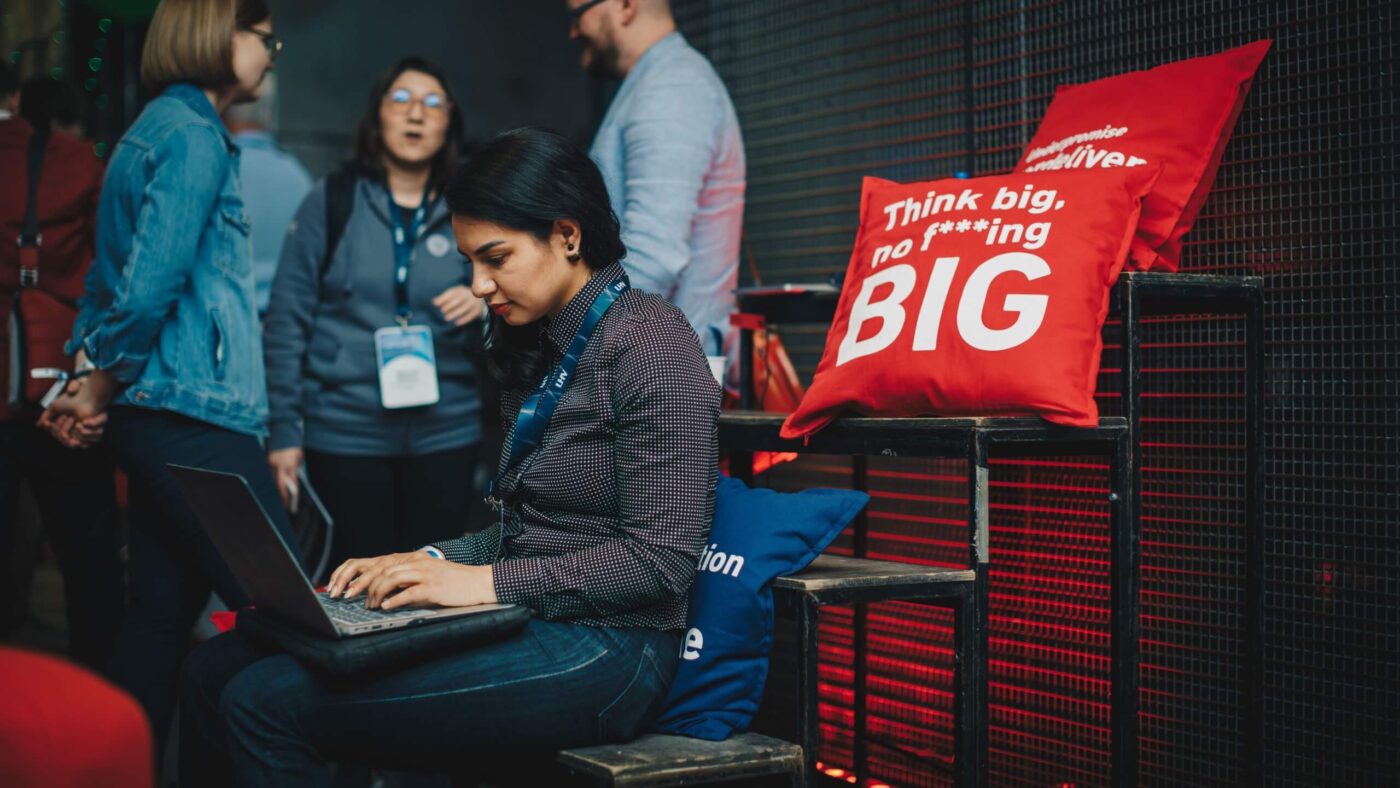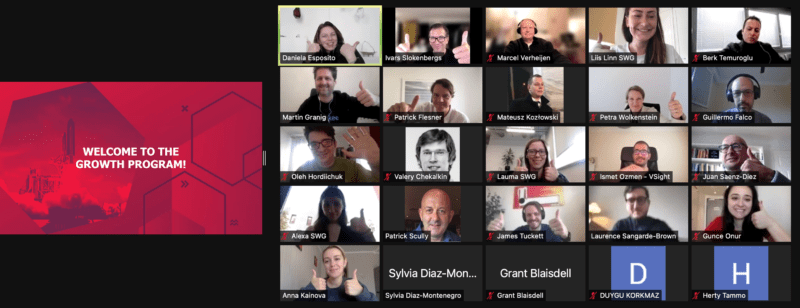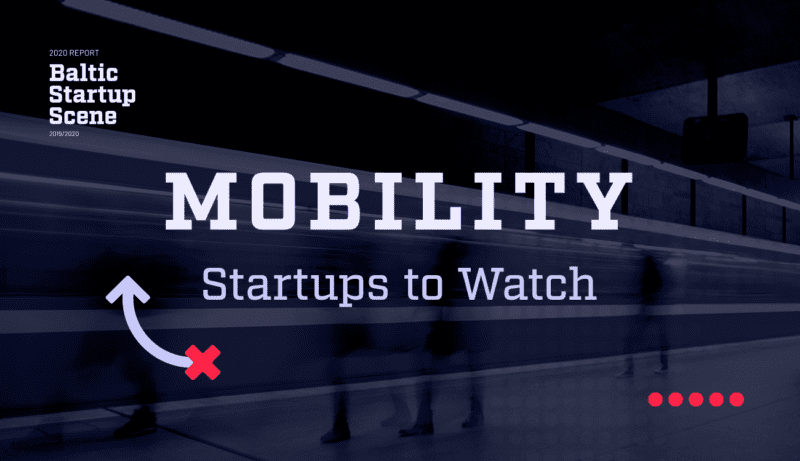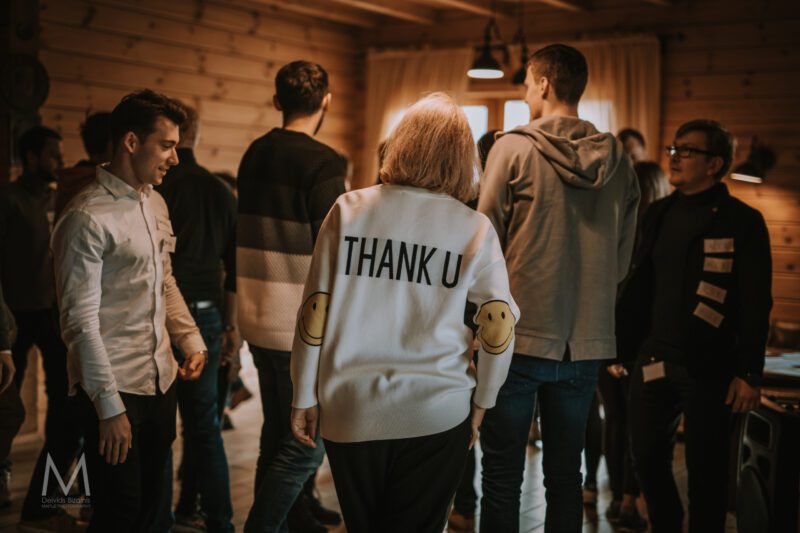Why is it that online communication can be so utterly exhausting, when all we’re doing is sitting down in our own homes, looking at a screen? And how can we keep our audience engaged when we’re not with them physically?
Something my mind has returned to many times recently that has helped me answer these questions, is a presentation I had to do at drama school, entitled, ‘The difference between Live Theatre and Film/TV’. Essentially, ‘Live Vs Virtual’. The main points I highlighted that apply directly to the world we live in today, are these:
Connect with what you’re saying
In live theatre you have a captive audience. They may switch off mentally, but you have a good opportunity to re-gain their attention. If someone loses interest when they are watching something on a screen at home, they can physically walk away, do something else or switch off their device. Now, when pitches, presentations and meetings are all happening online, we have little to no gauge of how much, or for how long, anyone on the receiving end is actually watching or listening. A client told me the other day that she’d been watching pitches online, and had switched off after about 1.30 minutes of each. She was therefore trying to cut her pitch down to be as short as possible. I told her that, no matter how long it is, people will keep listening if you make it interesting. There are a number of ways you can do this – connecting with what you’re saying for a start! It is well within our capability to keep people listening and engaged, but it takes effort and energy, even more so online than in real life.
Real life adrenaline vs online energy
The element of risk is much greater in a live performance – anything could happen! Some of the best, most hilarious or thrilling moments come from mistakes. We might feel the emotion of suspense during an action thriller on TV, but we know that, ultimately, the actors have already recorded the scene and have (hopefully) come safe and sound out the other side. This is the same with a recorded pitch or presentation, and it can work for and against us. Making a video means that we have something durable and something we’ve been able to perfect, that can then reach a much wider virtual audience than if we were performing live. This is hugely important now and when we return to the old normal. The major ingredient that we may be lacking in a recording is the adrenaline that comes with the risk of presenting in real life. When used well, adrenaline can be converted into energy. Again, this means that we have to put all the energy we can muster into the recording in order for it to reach the audience virtually.
Make an effort to share your energy
Emotion can be conveyed over a screen incredibly well – often a film or TV show makes me cry, as I’m sure it does many of us from time to time. Remarkably, this all happens through the senses of sight and sound. In live theatre, however, there is an extra ingredient. Something happens that makes it electric, and this is something that can’t be replaced…
I have heard time and again over the past month that people are finding online communication exhausting – psychotherapists, vicars, business owners. Who has found themselves almost shouting at their computer in order to make a point clearly? Who has come away feeling drained after back-to-back media calls? I think this is due to the lack of that extra, magic ingredient: the tangible energy exchange that happens between humans in real life. When we are with someone physically, we give out energy to them, and in turn, receive energy back which replaces some of what we’ve given. Whether between friend and friend, parent and child, or performer and audience, it is something irreplaceable. Author and Health Advisor, Dr. Lawrence Wilson calls this, Empathic Blending. He says, ‘it is very similar to… the phenomena in electricity and magnetism called induction’, and also refers to it as ‘resonance – when two frequencies of energy blend in such a way that they affect each other.’ The energy we receive from others – whether negative or positive – is undeniably stimulating. It affects us in a way that it can’t through a screen, and I, for one, often struggle with that This, however, just emphasises the fact that, whilst we don’t have physical access to other humans, we need to work harder with our words and our bodies in order to communicate a message, and this requires energy.
As we continue to communicate online daily, it’s worth asking yourself, where is my energy coming from and how can I channel it wisely? If we have to generate it ourselves rather than receiving it from others, what can we do to ensure that we are in a good physical and mental state to have the greatest effect on a virtual audience? In his book, ‘When’, New York Times best-selling author Daniel Pink says, “We are smarter, faster, dimmer, slower, more creative, and less creative in some parts of the day than others”. If you have the freedom to choose, why not try and schedule your calls or record your presentations in the part of the day you know you’re most energised? I personally find it really helpful to spend 15 – 30 minutes gently warming up, physically and vocally, before a call. Or perhaps for you it’s exercise, food, deep breathing and meditation, or routine that helps you feel energised.
Next time you have to conduct an important media call or record a presentation, why not make sure that you have done whatever it is that helps you to inject that extra bit of energy needed to really make a virtual impact?

Anna spent years touring the globe as an actress before founding Captivate Coaching. She is now passing on the skills she learnt on stage and screen to business people who really need them. Her greatest joy is in helping people develop and reach their potential in the field of communication.



